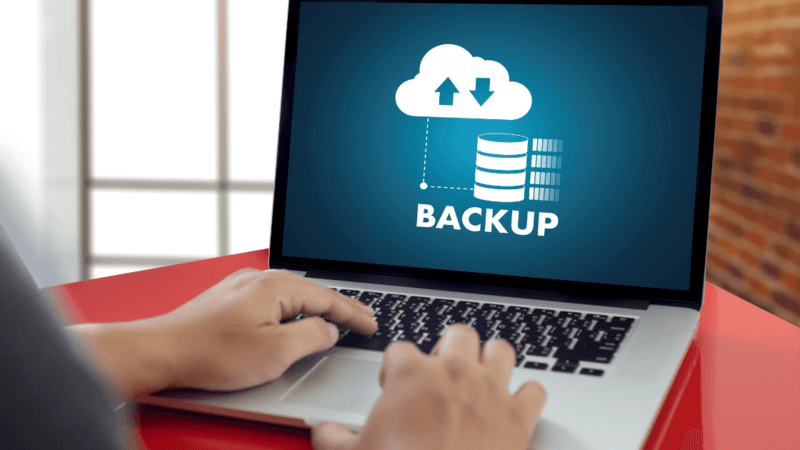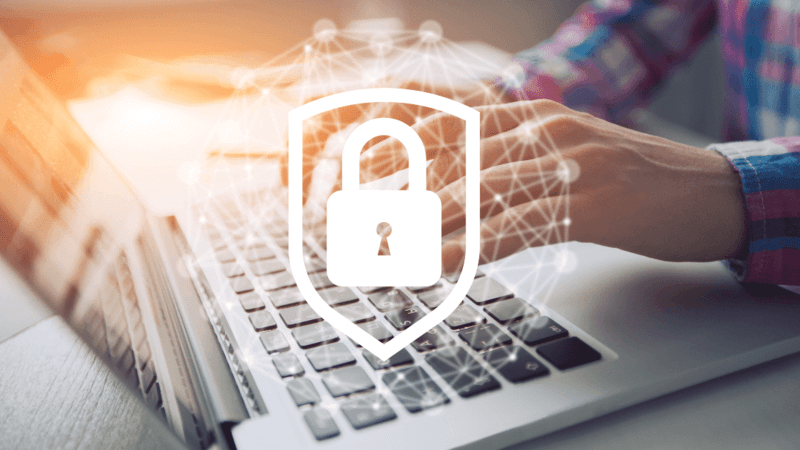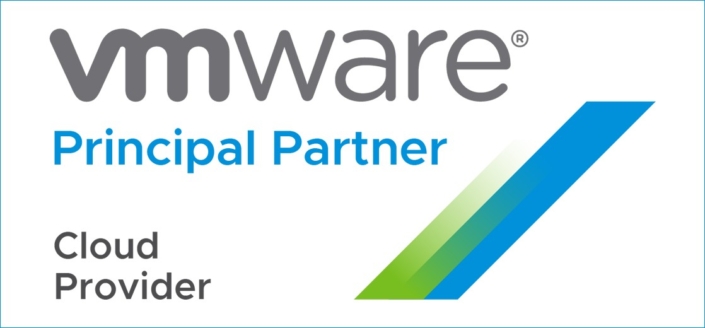Strategi Backup 3-2-1 Untuk Perlindungan Data
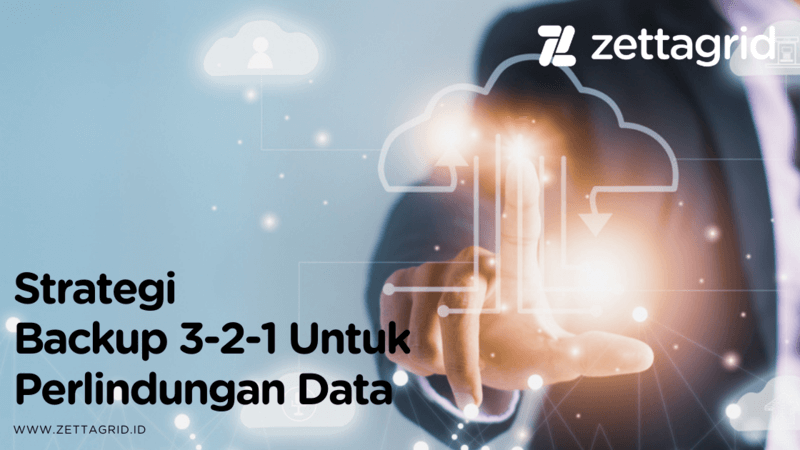 Strategi Backup 3-2-1 Untuk Perlindungan Data
Strategi Backup 3-2-1 Untuk Perlindungan Data
Di era digital seperti sekarang ini, kebutuhan mem-backup data bukan lagi hal yang baru untuk dilakukan oleh organisasi. Seiring dengan data yang kian bertambah setiap harinya, strategi perlindungan data seperti Backup pun semakin diminati dan diimplementasikan oleh berbagai bisnis untuk mengantisipasi terjadinya kehilangan data. Salah satu contohnya adalah strategi Backup 3-2-1.
Secara praktik, strategi Backup 3-2-1 bertujuan untuk menyalin dan menyimpan data di beberapa medium yang berbeda. Dengan cara tersebut, bisnis diharapkan bisa menyelamatkan datanya apabila terjadi human error ataupun bencana alam yang dapat berdampak pada kehilangan data. Kemudian, bagaimana cara untuk mulai mengimplementasikan strategi satu ini?
Mengenal Strategi Backup 3-2-1
Menurut backblaze.com, strategi Backup 3-2-1 berarti memiliki setidaknya tiga salinan dari total data Anda, dengan dua di antaranya ditempatkan secara lokal tetapi pada media yang berbeda, sedangkan satu salinan data di tempatkan di offsite. Sebagai contoh, mari kita coba menggunakan “data penjualan bisnis” Anda sebagai skenario strategi pencadangan data ini.
Dalam komputer pribadi Anda, tersimpan data penjualan bisnis yang sering diperbarui setiap minggunya. Data yang tersimpan tersebut merupakan data pertama yang perlu di-Backup di medium berbeda. Untuk mengakalinya, Anda menggunakan external Hard-Drive untuk menyimpan salinan kedua dari data penjualan bisnis Anda. Tak tanggung-tanggung, Anda juga menggunakan solusi Backup seperti Cloud Backup sebagai offsite untuk menyimpan salinan ketiga dari data penjualan bisnis Anda. Dengan demikian, salinan data ketiga yang terletak di offsite tersebut akan disimpan di data center.
Mengapa dua disimpan di lokal dan satu di Offsite?
Apapun perangkat yang Anda miliki, on-site Backup merupakan cara paling cepat dan mudah untuk mengakses data ketika sesuatu terjadi pada perangkat Anda. Jadi ketika laptop atau komputer Anda mengalami kerusakan, Anda masih memiliki external hard drive untuk mendapatkan kembali data Anda.
Meskipun memiliki on-site Backup seperti contoh di atas merupakan awal yang baik, tetapi memiliki offsite Backup adalah komponen kunci dalam strategi Backup 3-2-1. Cadangan di on-site memang mudah diatur, namun sayangnya salinan data Anda tersebut rentan mengalami kehilangan jika terjadi pencurian, banjir, kebakaran, dan kejadian tidak terduga lainnya.
Apakah solusi Cloud merupakan medium yang sempurna?
Sesuai dengan kemampuannya yang fleksibel, cloud bisa menjadi pendekatan paling mumpuni untuk memulai strategi Backup 3-2-1. Dengan mereplikasi data Anda dan menyimpannya di data center lain, Anda bisa mendapatkan ketenangan dan dengan mudah mencadangkan data Anda kapan saja secara otomatis.
Dengan Arupa Object Storage Anda dapat menyimpan data backup hingga bilangan petabyte dengan lebih fleksibel di offsite sehingga memenuhi kebutuhan Backup 3-2-1 Anda. Jika Anda sekarang sudah menggunakan NAS ataupun solusi pencadangan data di perusahaan Anda, kami dapat membantu Anda untuk mencapai strategi Backup 3-2-1.
Zettagrid Indonesia merupakan penyedia layanan Cloud Computing Indonesia yang menyediakan solusi IaaS seperti Virtual Data Center (VDC), Virtual Private Server (VPS), Backup as a Service (BaaS), Disaster Recovery as a Service (DRaaS), dan Object Storage as a Service (OSaaS). Jika Anda memiliki pertanyaan lebih lanjut tentang solusi cloud kami, Anda dapat menghubungi kami di sini atau ke sales@zettagrid.id.
Tertarik untuk mengenal solusi Object Storage? Baca produk kami selengkapnya di sini.

 Drive Business Innovation With The Cloud
Drive Business Innovation With The Cloud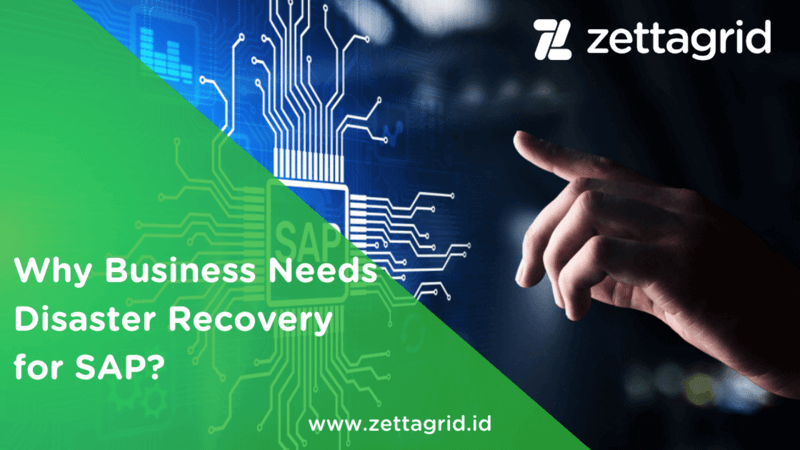



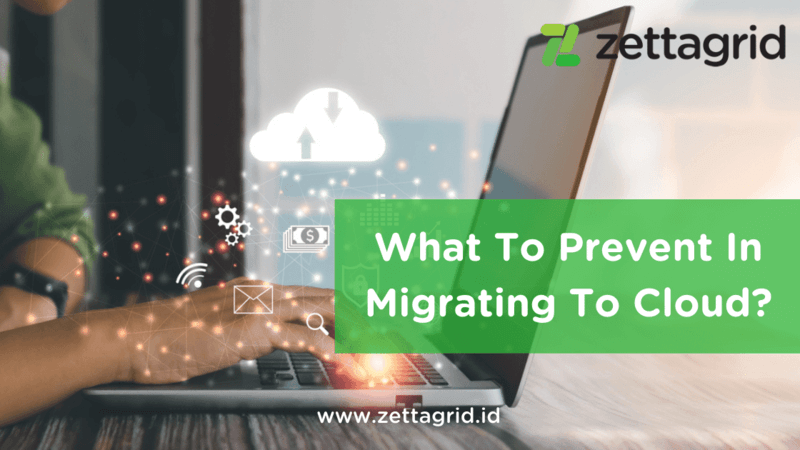 What To Prevent In Migrating To Cloud?
What To Prevent In Migrating To Cloud? 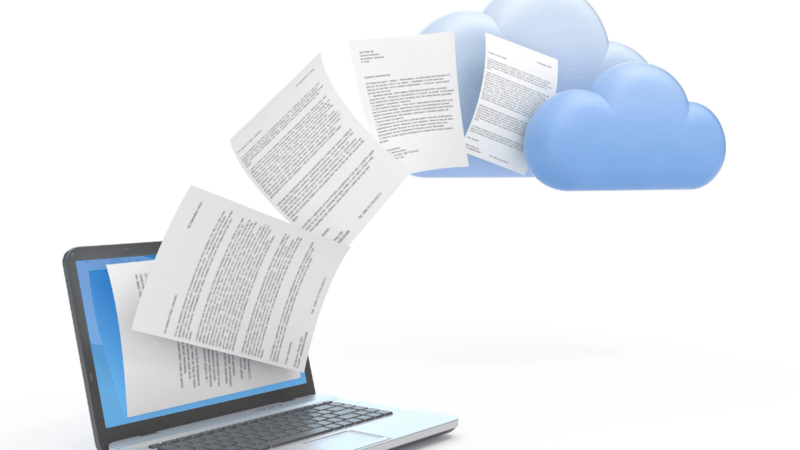


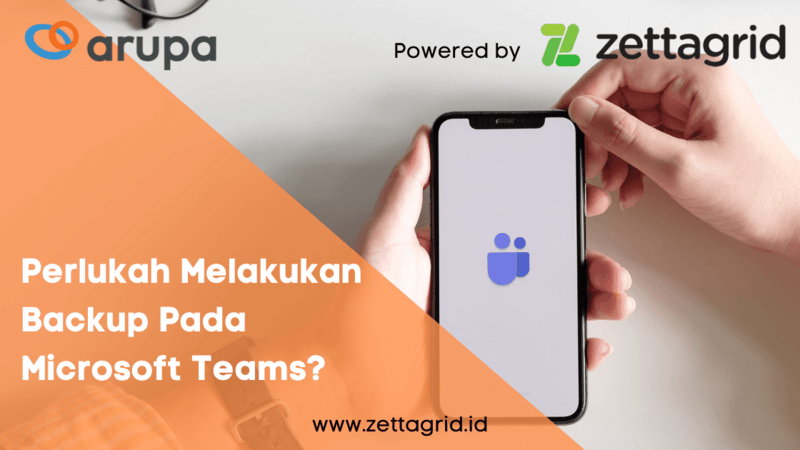 Perlukah Melakukan Backup Pada Microsoft Teams?
Perlukah Melakukan Backup Pada Microsoft Teams?



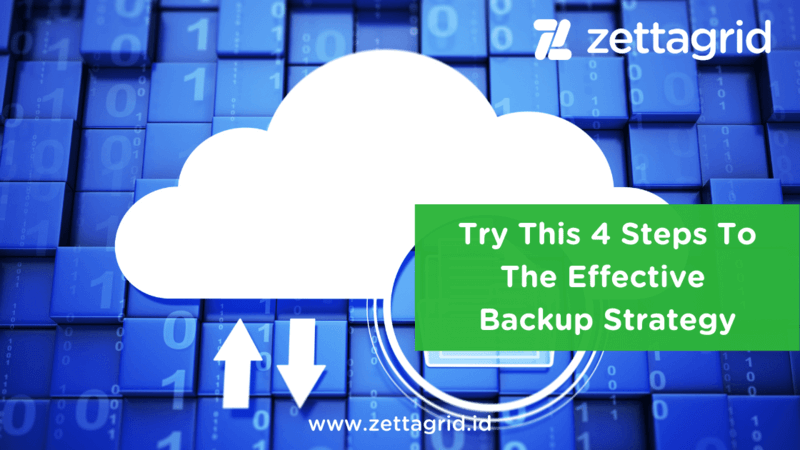 Try This 4 Steps To The Effective Backup Strategy
Try This 4 Steps To The Effective Backup Strategy
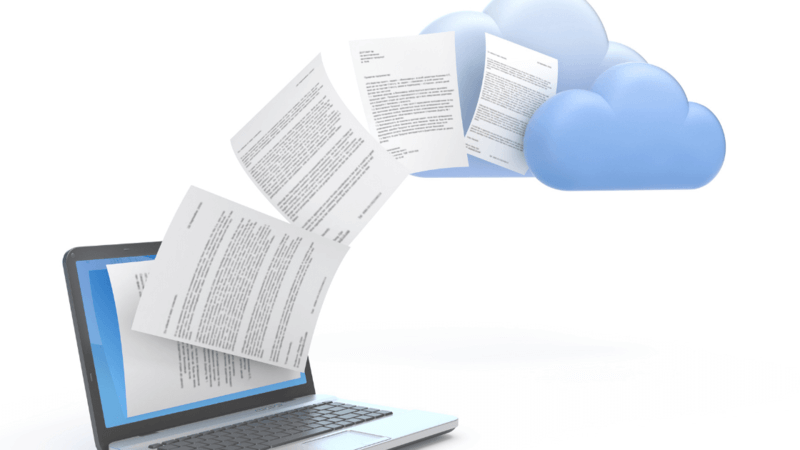
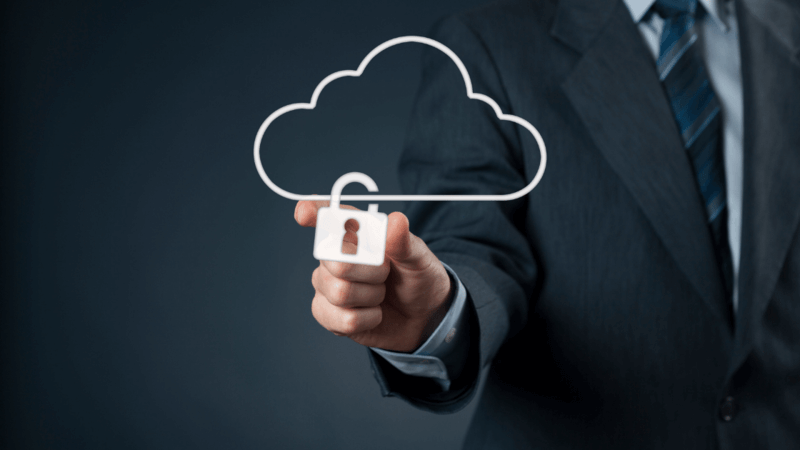
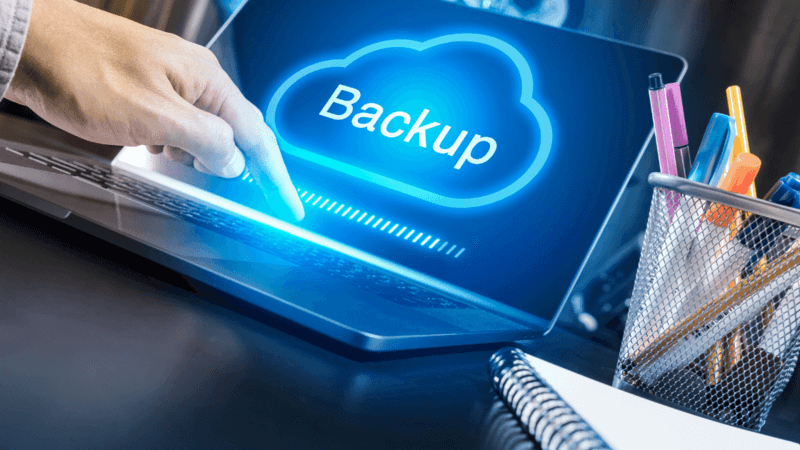
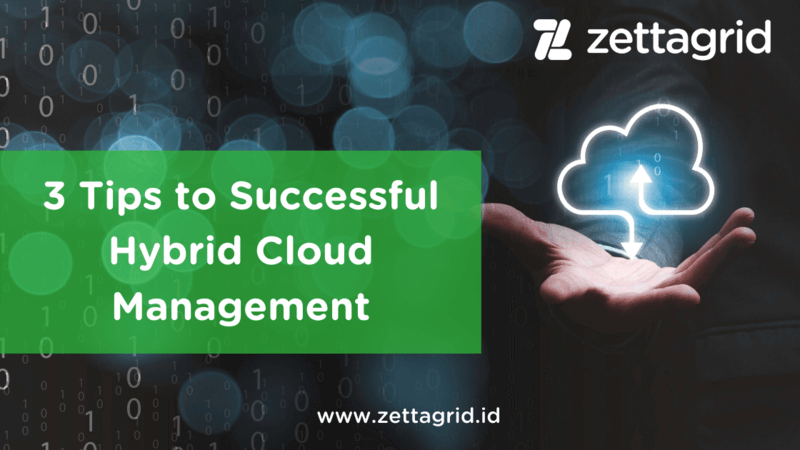

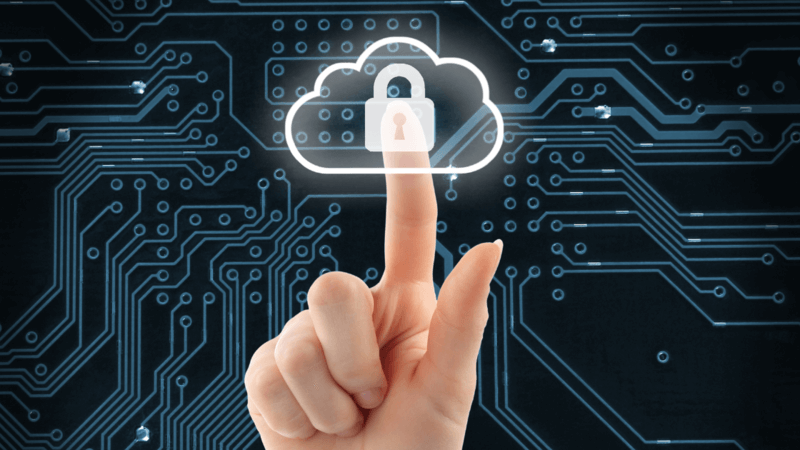

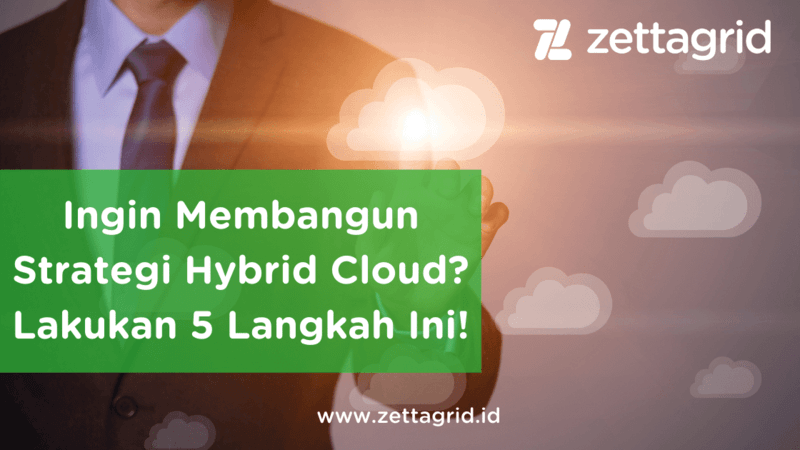
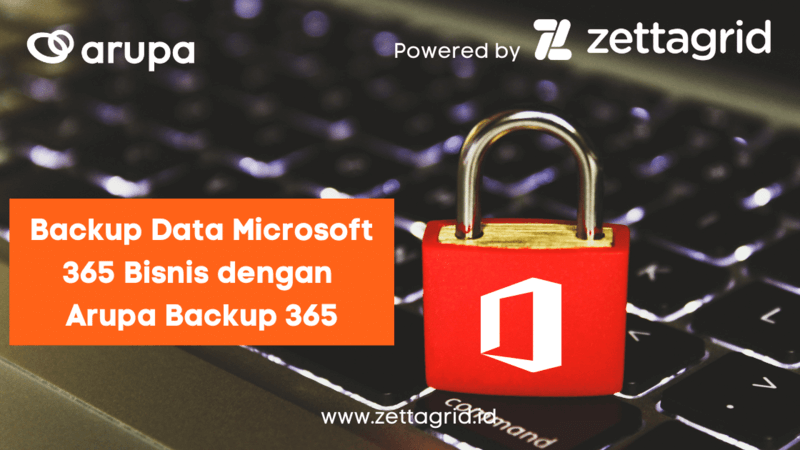 Backup Data Microsoft 365 Bisnis dengan Arupa Backup 365
Backup Data Microsoft 365 Bisnis dengan Arupa Backup 365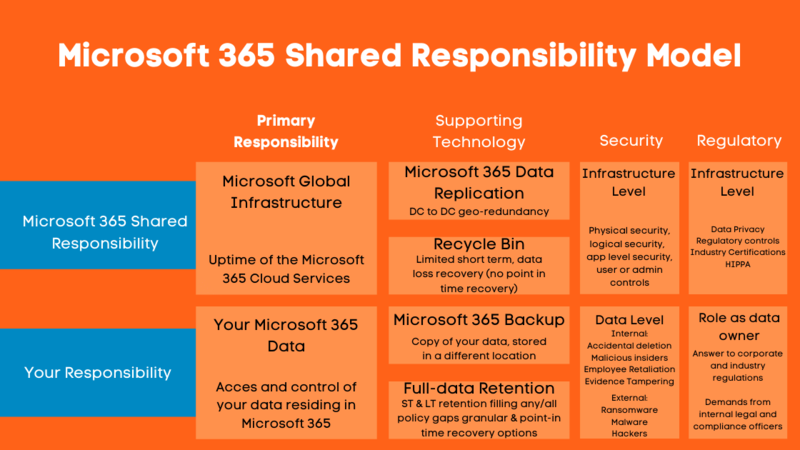




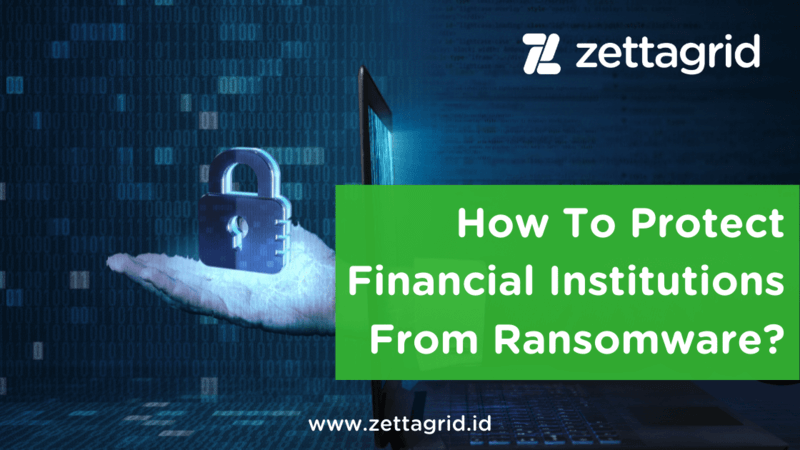 How To Protect Financial Institutions From Ransomware?
How To Protect Financial Institutions From Ransomware?
